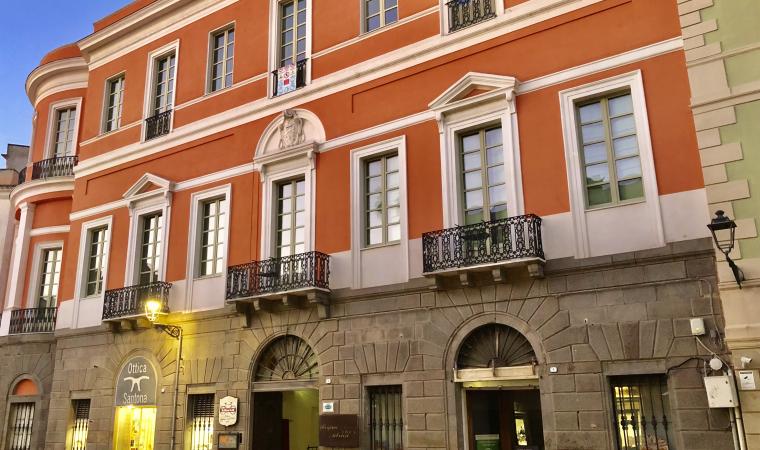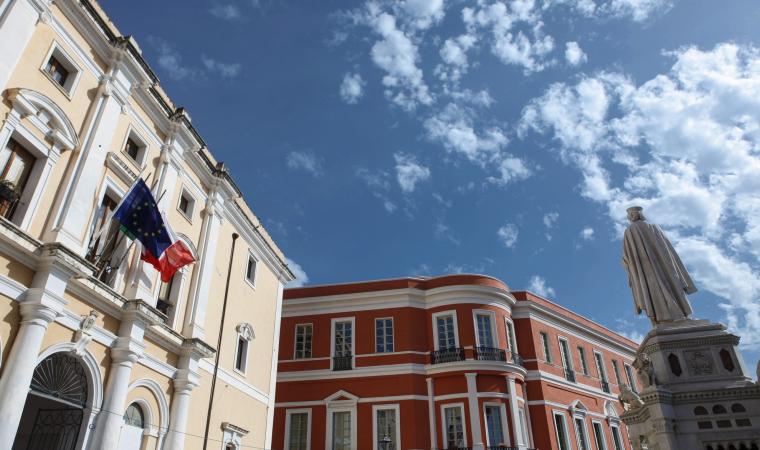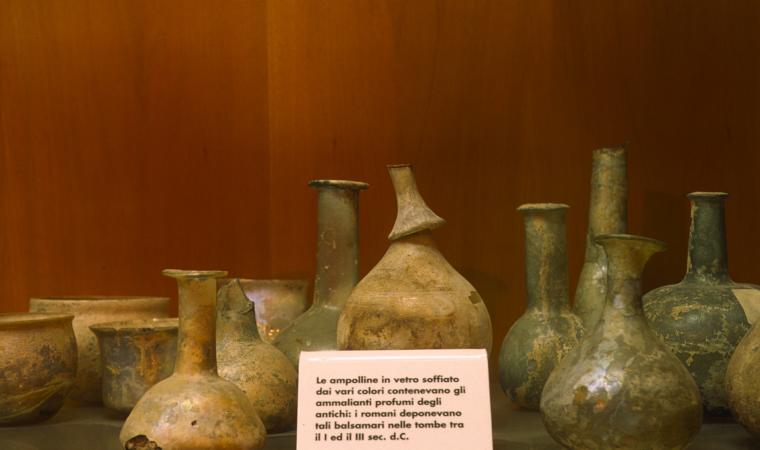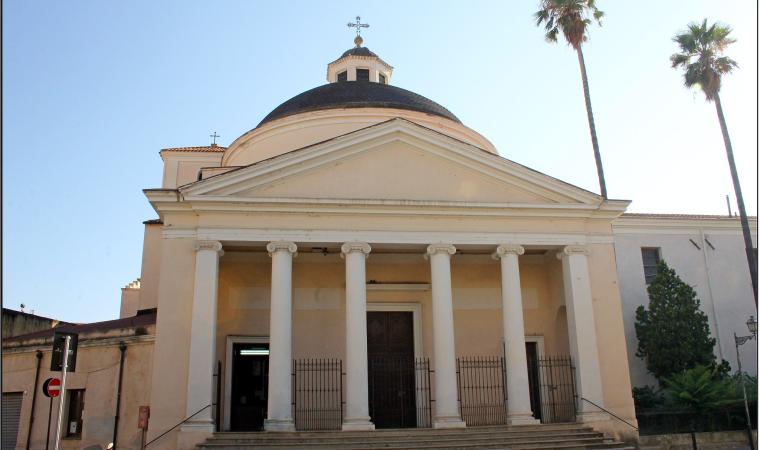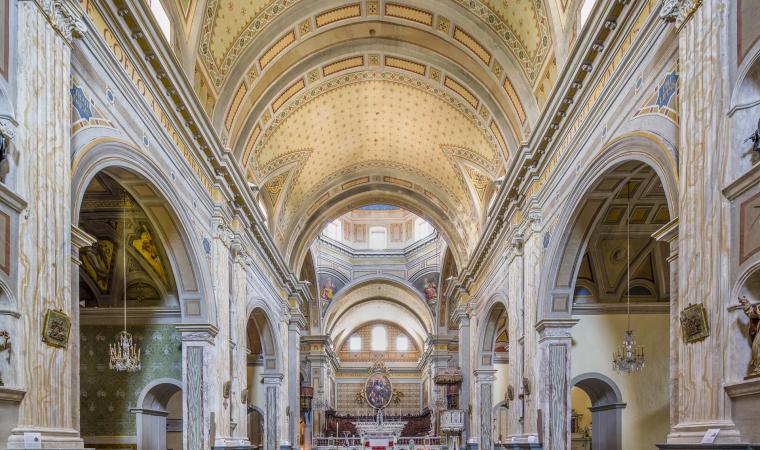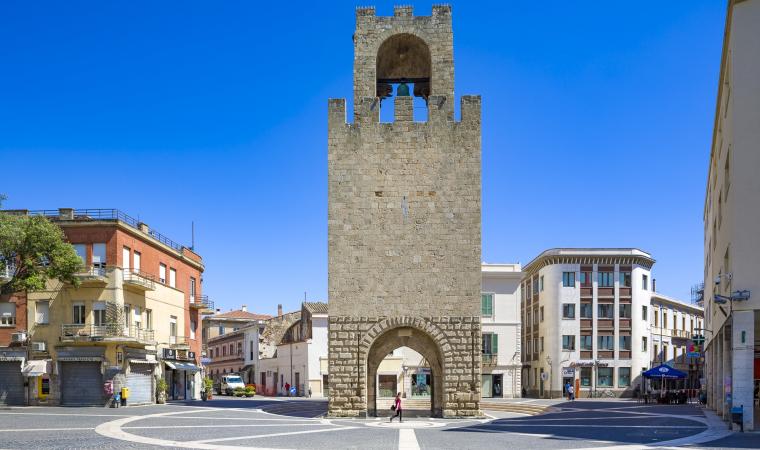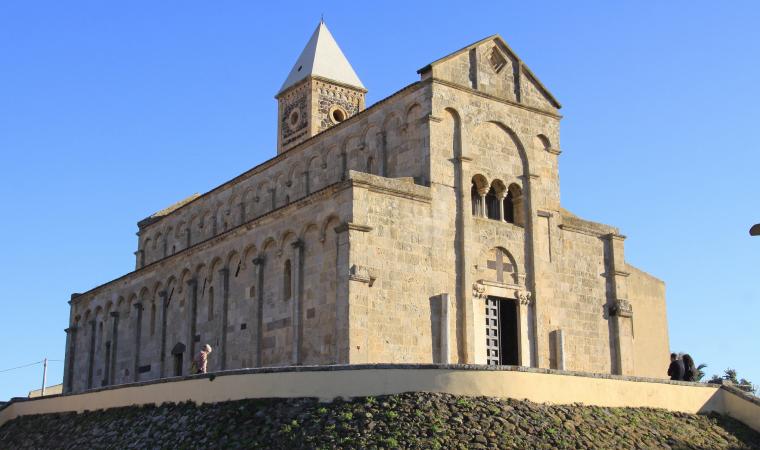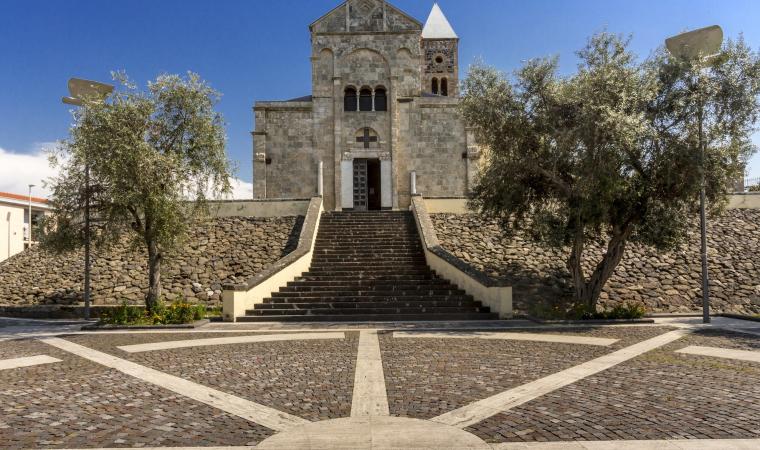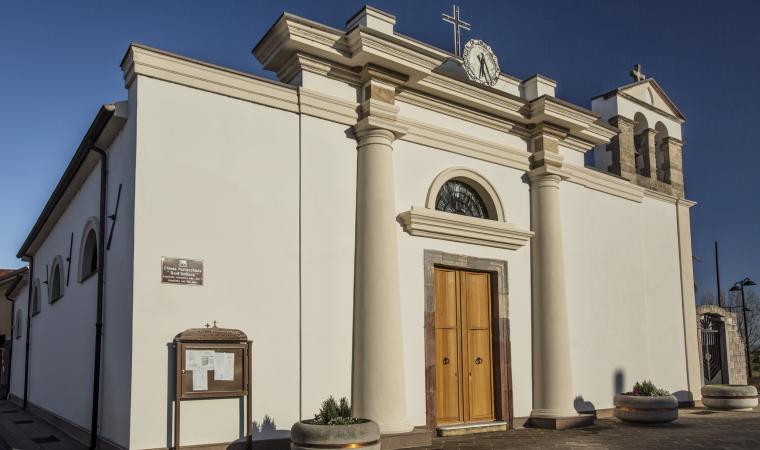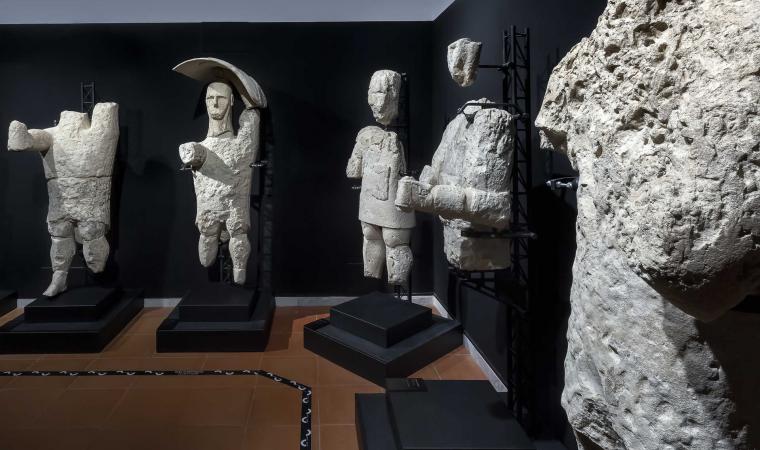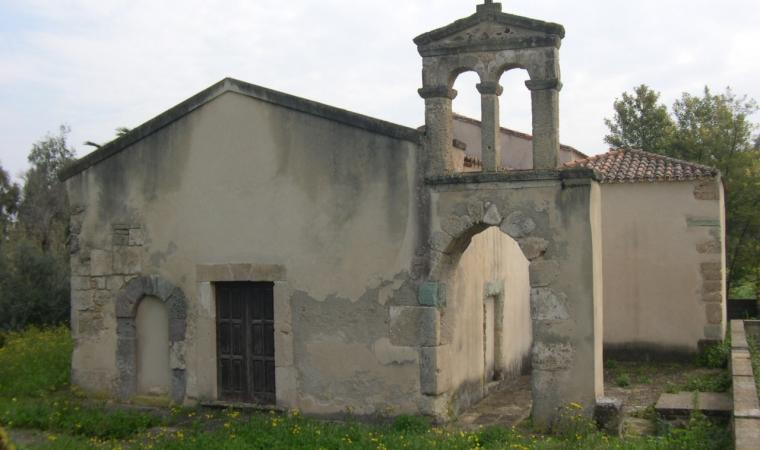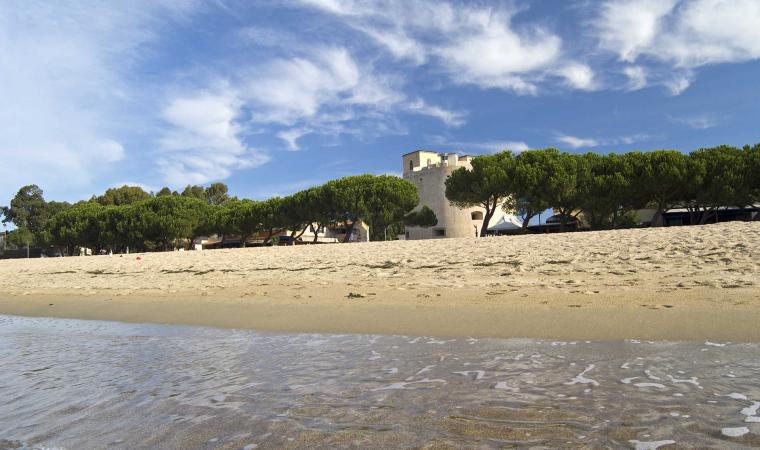Its unmistakable brightly-coloured neoclassical façade, stands in Piazza Eleonora d'Arborea, one of the most beautiful in Oristano, in the centre of which stands a statue of the 'Giudicessa' (local ruler). Palazzo Corrias Carta dominates the eastern side of the square at the junction with Corso Umberto I, with its elegant and rigorous style, blending perfectly with the noble character of the building. It was built at the behest of Giuseppe Corrias, as a family dwelling, just after the middle of the 19th century, based on a design by Gaetano Cima, who was also responsible for the neoclassical church of San Francesco d'Assisi. Thanks to the famous architect, it is the most valid testament to nineteenth century religious architecture in Oristano and the building also represents, on the other side of the square, a great example of civil construction. The two buildings have in common their neoclassical morphological repertoire and the great care and attention focused on their insertion into the urban context.




